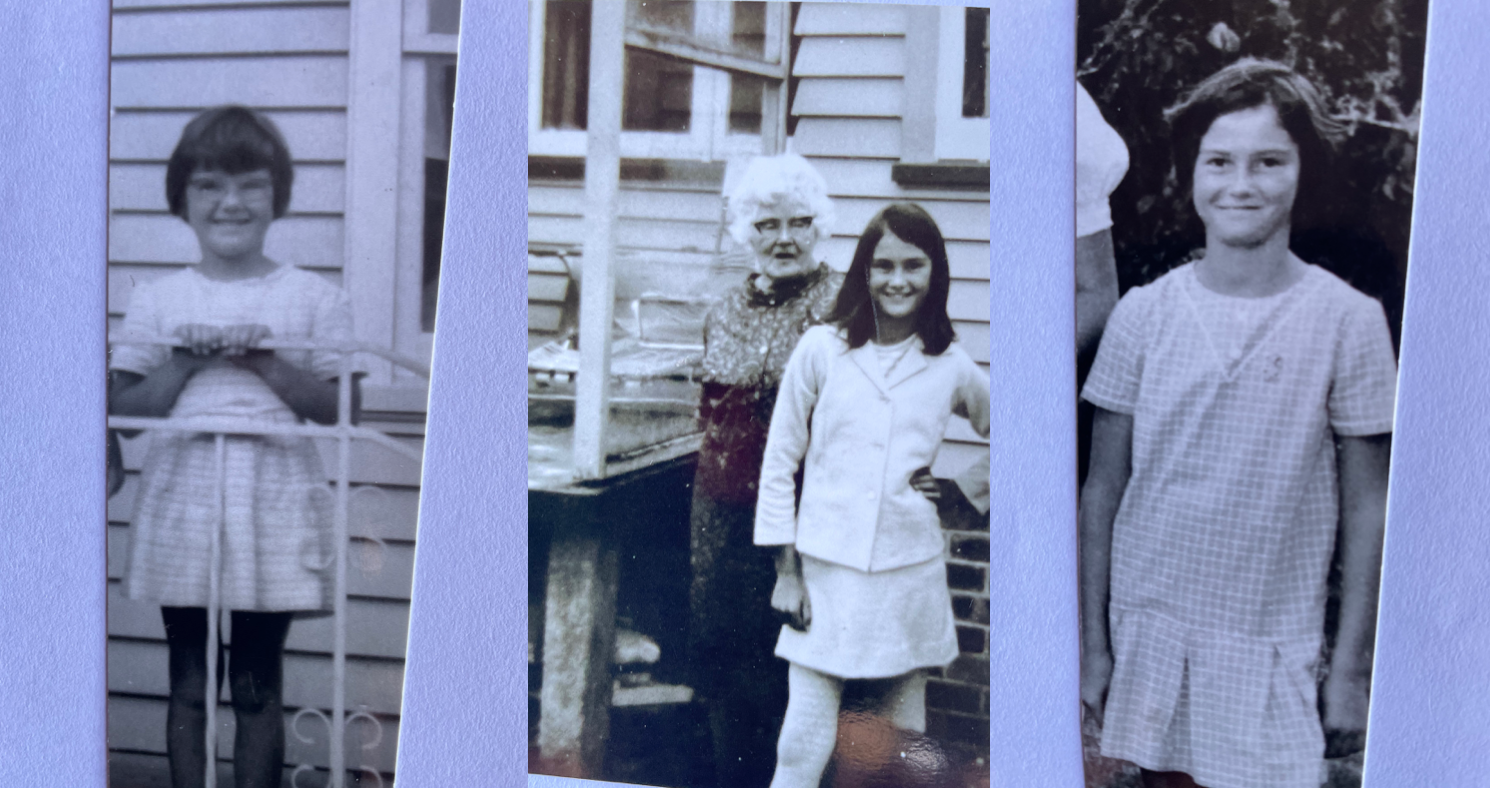
By Sandra Ford Walston, The Courage Expert
When was the last time you used the word courage with your teenager?
The best New Year commitment any family member or friend with a teenage girl is simply to start saying and applying the word courage. The word courage comes from the French word corage, meaning “heart and spirit,” so I am not talking about the typical definition: confronting and overcoming fear.
What I offer for the New Year is a simple action step: teenage girls can be coached to stand in their true selves when they integrate their everyday courage. This action step builds a reservoir of courage, so they no longer swallow their voice in self-doubt or turn a blind eye during difficult encounters such as an inappropriate sexual overture. How do you create this foundation?
This action starts with the adults that touch the teens life. Sadly, most adults say to me, “Sandra, I’ve never even thought about the word courage. Besides, I don’t think I’ve ever done anything courageous!” Yet, most of the women I meet possess a boatload of unidentified courage. One mother shared with me an example of her everyday courage: “With children still at home, and 50 years old, I took the leap of faith when I left a well-paying job that was stifling my spirit. I was only seven years short of being able to retire with full benefits. I left my job and went out on my own. The good news is that I’ve never had regrets, and my daughters love how my story supports their courage.”
Is courage your friend during times of uncertainty or difficult transitions? Do you share your courage stories with your teens?

Unfortunately, everyday courage has been relegated to the mundane, and that can be a shame. How can you nurture courage in teenage girls if you can’t identify your own courage-defining moments? One pitfall to this issue is the word courage is commingled with bravery, bold, gutsy, aggressive, brazen, foolish, audacity, or brash. What I am suggesting is everyday courage is demonstrated when you simply support your teen and say, “It’s okay to say ‘no’ to something that doesn’t fit your convictions.” How do you create a cultural shift?
Based on over twenty-two years of research, the first step to creating a cultural shift is to identify the twelve behaviors of courage found on the Source Wheel diagram such speaking up, revealing convictions, embracing faith and taking a risk, and so on. The second step is to be able speak the language of courage. For example, one of the twelve courage behaviors is defined as speaking up. You might say to your teen, “This is not a time for you to swallow your voice. You have courage, so stand up for what you believe. You know I will stand behind you.”
We have observed how grown women are now being courageous to step up to the plate to share their sexual harassment stories with the rise of the #MeToo movement in 2017. We cannot ignore the immense courage that comes from hearing and seeing other women speak up in the face of adversity. This is the kind of culture we need to foster and encourage in young girls, while also being informed about the power dynamics that have been the foundation to many of the men taking advantage of women.

Now that the dam has been broken, we are seeing a shift in power dynamics and women raising their voice and having the courage to tell their stories, this is undoubtedly going to impact younger generations when it comes to situations where they need to draw upon their inner strength. Wouldn’t you love for teens to be able to animate their individual courage, celebrate collective courage and pass it on?
Below are 10 thought-provoking teachings family members and friends can implement so teenage girls build a bedrock of courage:
- Use the word, and use it again! “Everyday courage” is not an oxymoron. Show how your courage is revealed when speaking up, revealing convictions and taking a risk, and so on.
- Invite the etymology of the word courage, which means “heart and spirit.” Then ask: “Will you give yourself permission to claim your courage (and become a role model)?”
- Implement this communication theme: “Let’s have a courageous conversation!” This action allows for intimacy, receptivity and openness with family and friends.
- Declare your opinion even if you know it’s not in the norm. Refusing to go with the crowd is not easy. Instead, be the voice above the crowd.
- Say “no” to a friend who engages in wrong activities and say “yes” to your courage. Soon a reservoir of courage builds that you can draw from during awkward situations.
- Learn to exit bad situations quickly such as someone daring you to do something you know in your heart is wrong.
- Be the very best that you can be means you plan to live up to your potential, and that’s courage! Denial is saying no to courage.
- Observe how often you sell your soul such as not responding to the first red flag or feeling the need to fit into a certain clique.
- Adopt behaviors of courage that you see in other women and seek people who openly identify with courageous acts and reinforce them positively. In other words, find models and mentors that will en-courage
- Read number 1 again! Then ask: What would I do, right now, if I had unlimited courage?


Global speaker Sandra Ford Walston is known as “The Courage Expert.” For over twenty years she has been a human potential specialist who studies courage. She is a certified coach and certified in the Enneagram and MBTI®. The author of three books, Sandra is a trailblazer in the field of feminine courage, everyday courage and non-gender courageous leadership. For more of her insights visit her website and sign up for her free monthly courage newsletter.
https://twitter.com/CourageExpert
https://www.facebook.com/courageexpert/
















